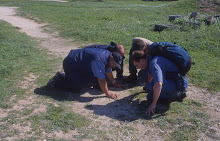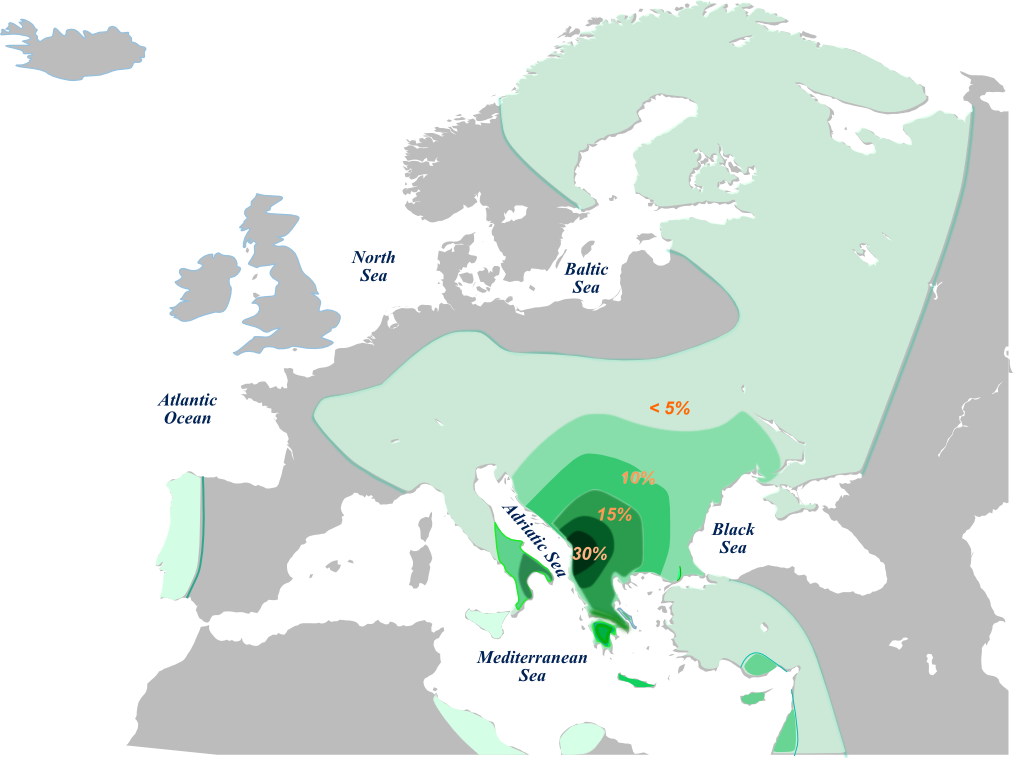Due consdierazioni:
Primo. Non si capisce come faccia ad avere tanta presa il frusto ritornello, ripreso anche dall'astuto Renzi, tipico dei berlsuconian-fascisti, che uno è spocchioso (o che guadagna tanto) quando qualcuno non la pensa come loro. Che poi è esattamente l'argomento dell'armata della santa fede "i giacobini sono ricchi che vogliono rubarvi tutto (tutto non si sa cosa, visto che i contadini a cui si rivolgevano non avevano assolutamente nulla) siamo noi preti a aristocratici che stiamo dalla parte vostra". E non mi è mai stato chiaro perché un argomento ai limiti del delirio (delirare significa allontanarsi dalla realtà) potesse avere tanta presa.
Secondo. Uno dei tanti aspetti importanti del lavoro di Battiato è quello di togliere la "tradizione" alla destra (e non dimentichiamo che Guénon non era certo di sinistra). Non è il solo (Steiner, Castaneda), ma mentre Steiner (per esempio) fa solo una ricerca spirituale, Battiato (che è politicissimo) trasforma la sapienza in strumento di critica (va detto che lo fanno anche alcuni anarchici).
Che poi detto tra noi, Julius Evola, a questi /che trollano) li avrebbe considerati dei piccolo borghesi (quali sono).


.jpg)


